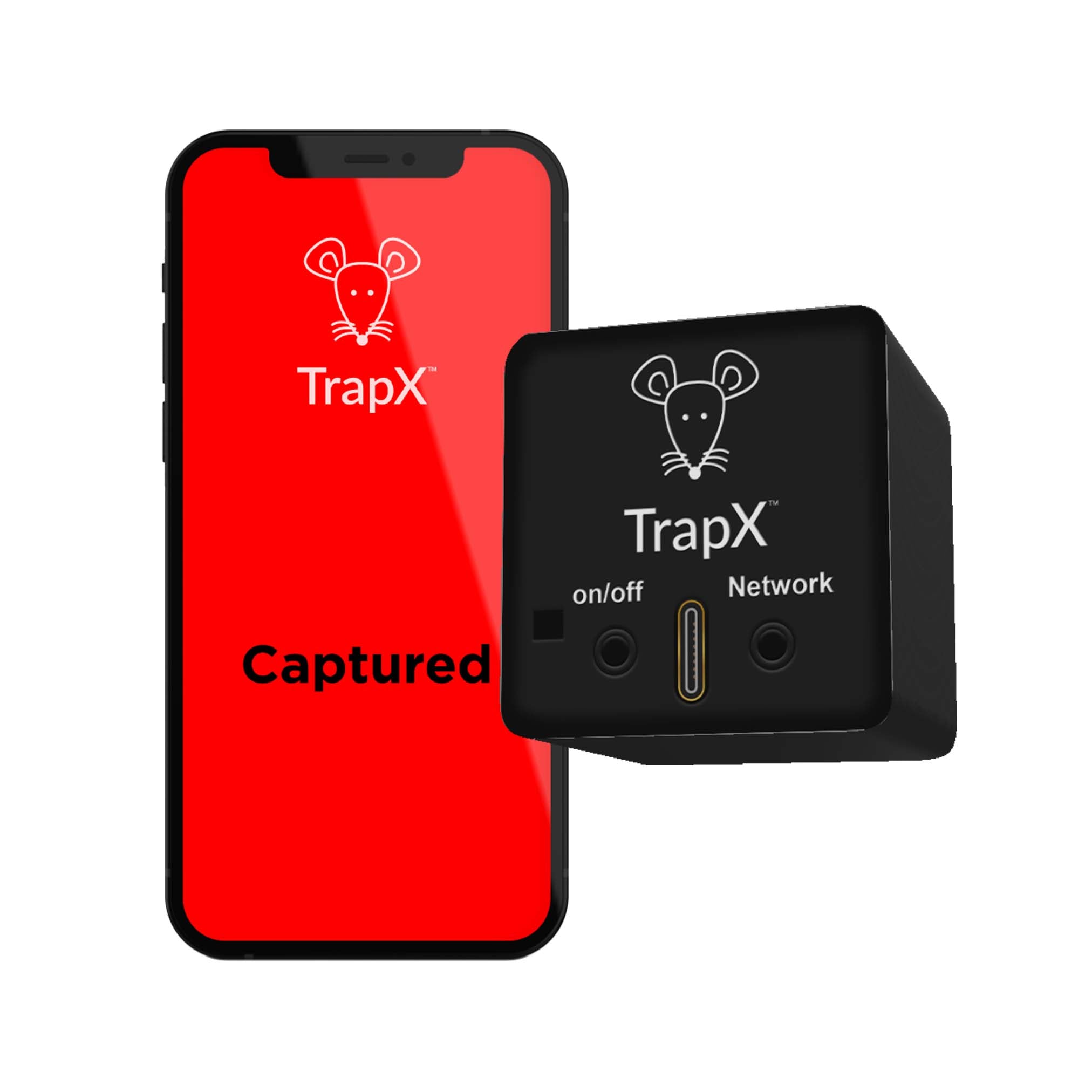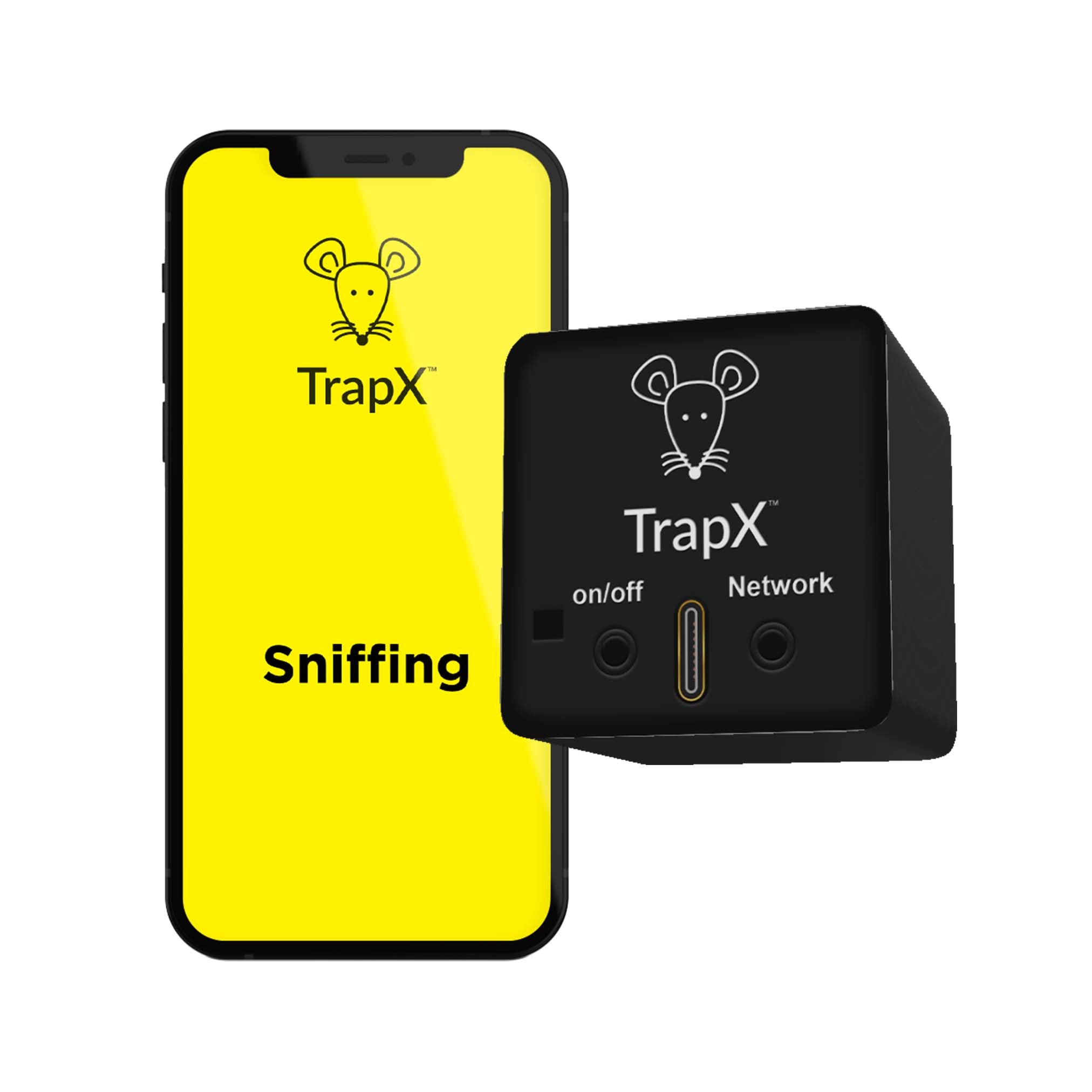DIY 5 Gallon Bucket Mouse Trap: A Simple and Effective Solution
Share
Mouse infestations can be a huge problem for many households. Rodents are not just nuisances but also carriers of diseases. Keeping these pests at bay is crucial for maintaining a healthy living environment. One practical method that is gaining popularity is the DIY 5 Gallon Bucket Mouse Trap. It is simple, cost-effective, and efficient.
In this guide, we will explore how to create your own 5 Gallon Bucket Mouse Trap and why it's an effective solution for your mouse problems.

Why Choose a 5 Gallon Bucket Mouse Trap?
Cost-Effective
Most commercial mouse traps can be expensive. A 5-gallon bucket mouse trap, however, uses materials that are likely already in your home or can be purchased at a minimal cost.
Environmentally Friendly
This DIY trap doesn't require harmful chemicals or poisons, making it an environmentally friendly option for those who are concerned about the impact of pest control methods on nature.
Easy to Assemble
The materials and instructions for building this trap are straightforward, making it an easy project even for those who are not particularly handy.

Essential Materials
What You'll Need
- 1 5-gallon bucket
- 1 metal rod or coat hanger
- 1 piece of wood (for the ramp)
- Peanut butter (or any other bait)
- Water (optional)
- Drill
Most of these items are readily available around the house or can be obtained from a local store at a minimal cost.

Step-by-Step Guide
Step 1: Preparing the Bucket
Start by thoroughly cleaning your 5-gallon bucket. Dirt and residual material can affect the trap's effectiveness.
Step 2: Creating Holes for the Rod
Drill two holes on opposite sides of the bucket near the top. Ensure that the holes are directly across from each other as the rod will go through them.
Step 3: Setting up the Rod
Insert the metal rod or coat hanger through the holes you drilled in the bucket. Make sure the rod can spin freely; this will make it difficult for the mouse to balance.
Step 4: Adding the Bait
Apply a generous amount of peanut butter (or your chosen bait) in the middle of the rod. The aroma will attract the mice.
Step 5: Building the Ramp
Place a piece of wood against the bucket to create a ramp. Ensure it is sturdy enough for a mouse to climb.
Step 6: Finishing Touches
Fill the bucket with a few inches of water if you want the trap to be lethal. If you prefer a non-lethal trap, leave the bucket empty.

How It Works
The mouse will be drawn to the bait on the rod and climb up the ramp. As it tries to reach the bait, the rod will spin, causing the mouse to fall into the bucket.
Success Stories
Real-Life Examples
Many people have found success using this simple trap. Jane, a mother of three, shares that this method helped her maintain a clean and rodent-free home without the use of poison.
User Testimonials
I was skeptical at first, but the 5-gallon bucket trap worked wonders! John D.
Easy to set up and extremely effective. Highly recommend! Sarah K.
FAQs
Q: How often should I check the trap?
A: It's advisable to check the trap daily to ensure it's functioning correctly and dispose of any caught mice.
Q: Can I use different bait?
A: Yes, while peanut butter is highly effective, you can use other types of bait such as nuts or small pieces of meat.
Q: How long does it take to catch mice?
A: Results can vary, but most people notice a decrease in mice activity within a few days of setting the trap.
Q: Is it safe for pets?
A: If you're using water or a non-lethal trap, it should be safe for pets. Always ensure that the trap is placed in areas inaccessible to pets.
Q: Can the trap be reused?
A: Absolutely, the 5-gallon bucket trap can be reused multiple times. Just ensure it's cleaned and the bait is refreshed regularly.
Q: Should I use water in the trap?
A: Using water is optional and depends on whether you prefer a lethal or non-lethal trap. Just be cautious if you have small children or pets.
Conclusion
With minimal effort and materials, you can create an efficient and humane way to deal with a mouse problem in your home. The DIY 5 Gallon Bucket Mouse Trap offers a cost-effective, eco-friendly, and simple solution. For more detailed plans and variations, consider checking out these additional resources on Bucket Trap Guide, Pest Control IoT, and Mouse Poison Dangers. For even more guidance, check out this external guide on trapping mice.
As an Amazon Associate, I earn from qualifying purchases.
